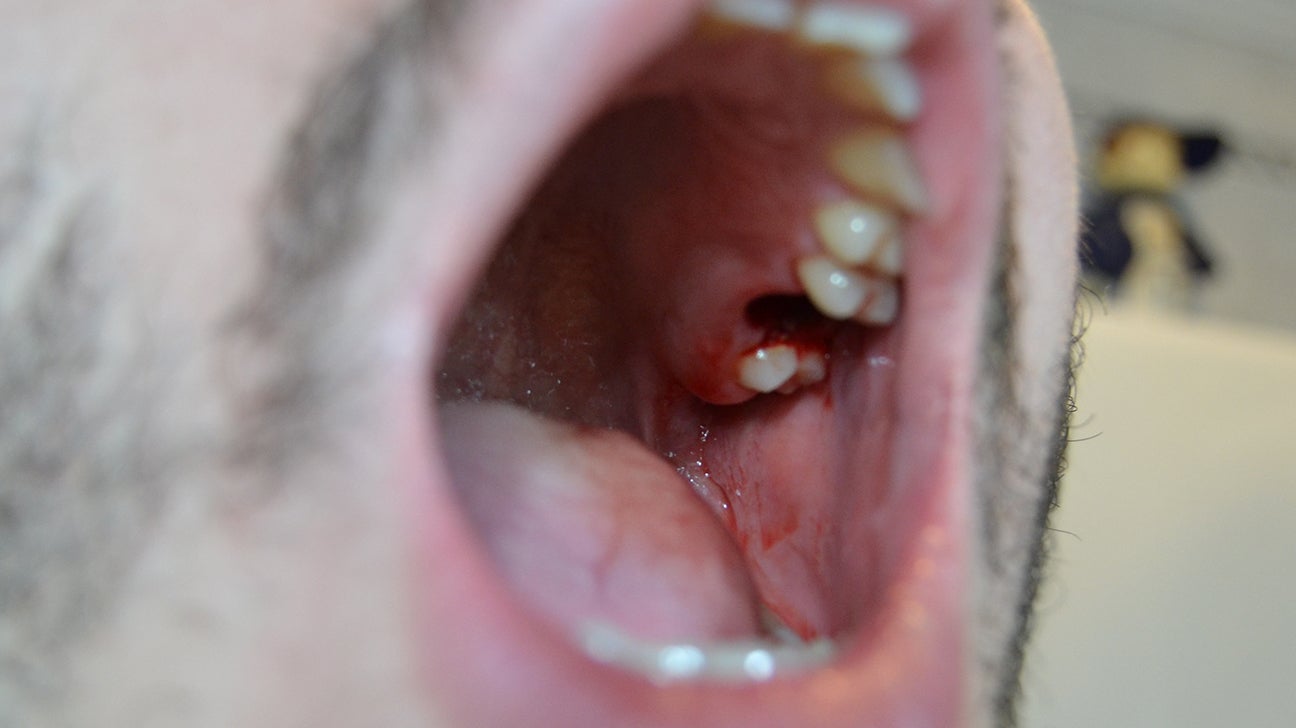The efficacy of minocycline hydrochloride ointment versus iodoform
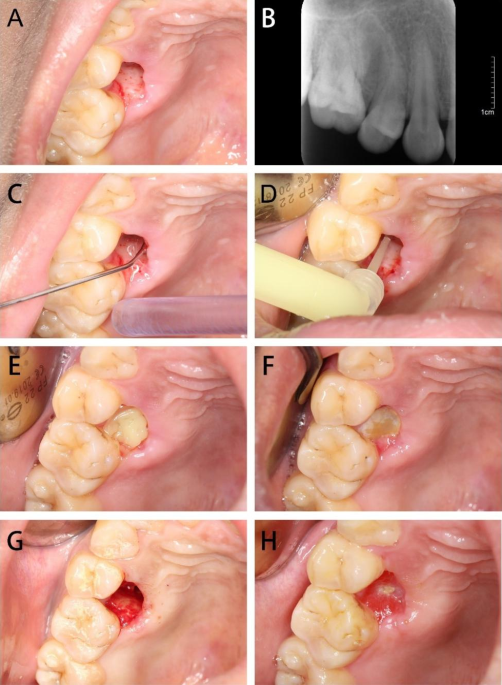
By A Mystery Man Writer
Background Alveolar osteitis (AO) is one of the most commonly encountered complication following tooth extraction, however, to date there is no standard methods of prevention and treatment. The study aims to investigate the efficiency of minocycline hydrochloride ointment (MHO) for the treatment of alveolar osteitis compared with traditional treatment with iodoform gauze (IG). Methods/design STROBE checklist was followed to report this study. All patients underwent tooth extraction either in our department or other hospitals, whom presented with postoperative pain, were screened out to meet the inclusion and exclusion criteria of this study about AO. Patients who fulfilled the inclusion criteria were enrolled in our prospective cohort study, and MHO or IG was administered. The Visual analog scale scores were used to assess the pain score of patients. The healing status of the extraction sockets was followed up. Differences in responses between groups were analyzed using Mann-Whitney U tests. Chi-square test was performed to explore the differences in the teeth position of AO. Results Of 41,371 patients underwent tooth extraction with post-operative follow-up in our departments, only 20 patients (0.05%) suffered from AO. 31 patients with AO, whose teeth were extracted in other places, were also enrolled. The incidence of AO was significantly higher in third molars than other teeth (P < 0.01). In 28 patients that were treated with MHO, the pain was relieved substantially on day 3 and almost painless on day 7. And only 25% of cases required dressing change more than once. Whilst 23 patients treated with IG, the pain was relieved on day 5, and 56.5% of cases required multiple dressing change. The difference between the two groups of VAS scores had statistical significance during treatment at 8 h, 24 h, 3d, 5d, and 7d. No allergic reaction or further infection occurred. Conclusion MHO has a safer and higher therapeutic effect in the treatment of AO compared with traditional treatment with IG. MHO may become a preferred treatment modality for AO.
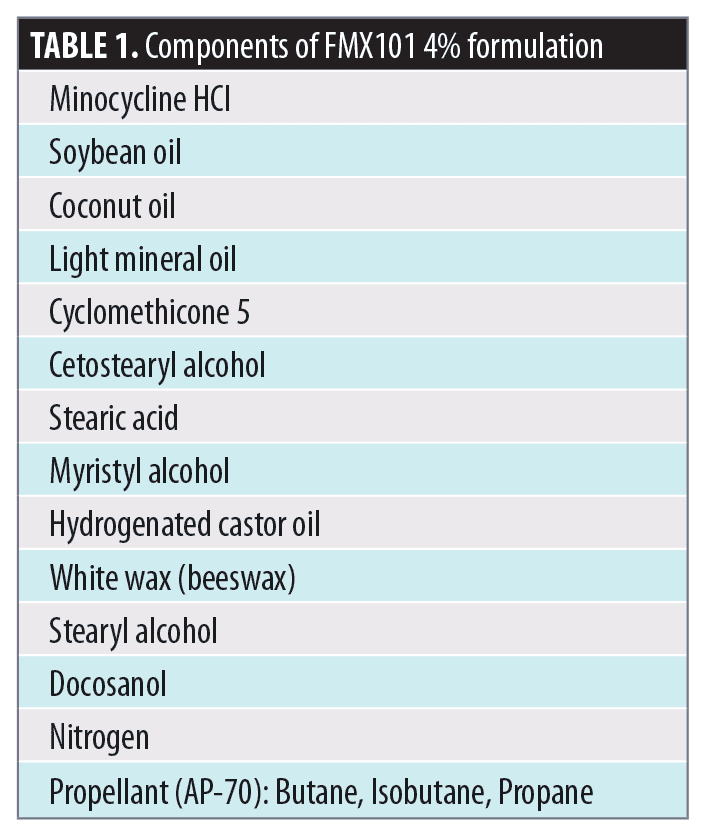
Formulation and Profile of FMX101 4% Minocycline Topical Foam for the Treatment of Acne Vulgaris, JCAD

Concentration of Minocycline In Various Biological Fluids after an Oral

Efficacy of Alvogyl (Combination of Iodoform + Butylparaminobenzoate) and Zinc Oxide Eugenol for Dry Socket. - Abstract - Europe PMC
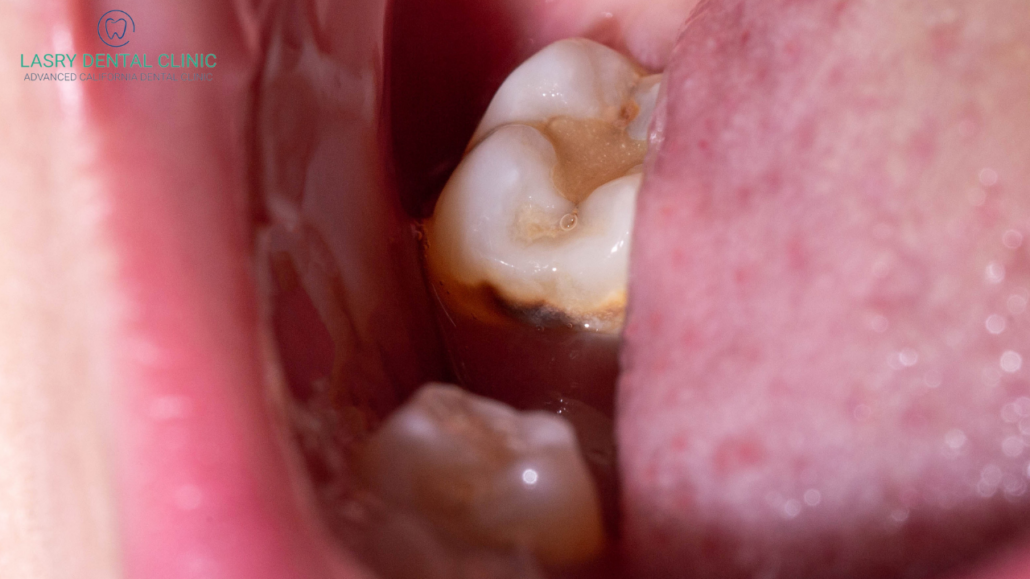
Alveolar Osteitis: Etiology, Prevention, And Treatment, 49% OFF

Efficacy of Alvogyl (Combination of Iodoform + Butylparaminobenzoate) and Zinc Oxide Eugenol for Dry Socket

Postoperative effects of intra-alveolar application of 0.2% chlorhexidine or 1% hyaluronic acid bioadhesive gels after mandibular third molar extraction: a double-blind randomized controlled clinical trial

Gender distribution of dry socket

Formulation and Profile of FMX101 4% Minocycline Topical Foam for the Treatment of Acne Vulgaris, JCAD

BMC Oral Health 1/2022

EP3321371A1 - Novel methods for rapid drug susceptibility testing and drug screens for growing and non-growing cells of prokaryotic and eukaryotic origin - Google Patents

Topical Minocycline Foam for the Treatment of Impetigo in Children: Results of a Randomized, Double-Blind, Phase 2 Study - JDDonline - Journal of Drugs in Dermatology
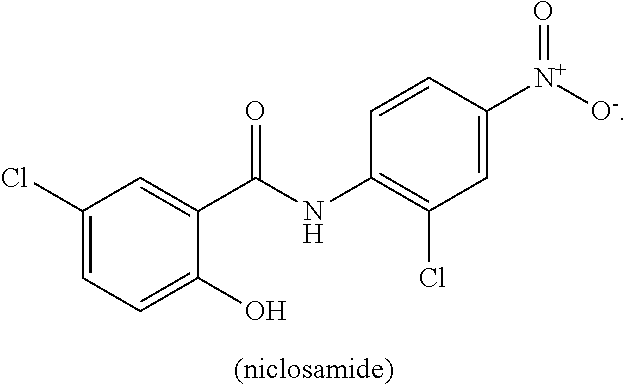
Pharmaceutical Formulations Glick; Gary ; et al. [First Wave Bio, Inc.]
- Bellivalini Leggings Damen Lange Leggings Neon 80er Jahre für
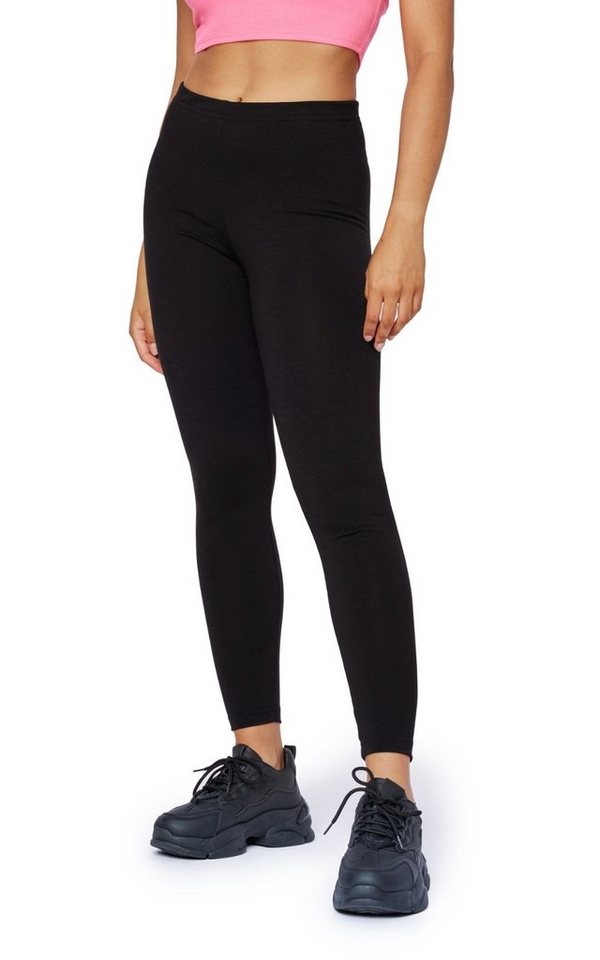
- EVARI Women's Boyshort Panties Comfortable Cotton Underwear Pack of 5 in Black color, EVARI underwear
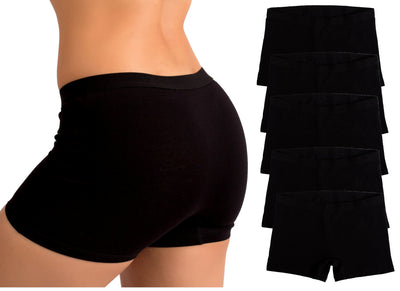
- Denim Division - Clothing Design, Manufacture & Supply

- Wright Field Fitness Center - 88th Force Support Squadron - Wright-Patterson Air Force Base

- Best 25+ Deals for Wunder Under Lululemon


